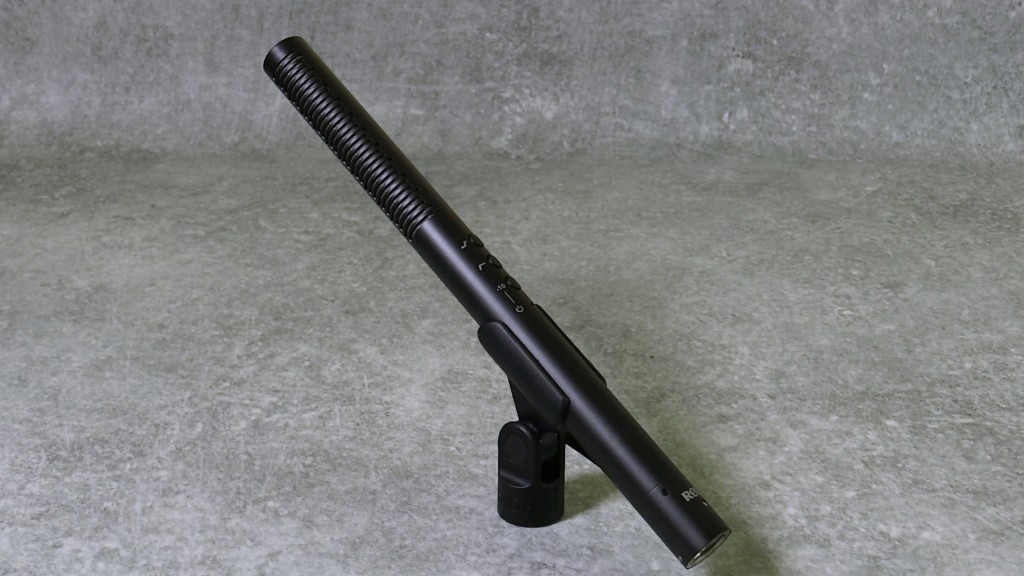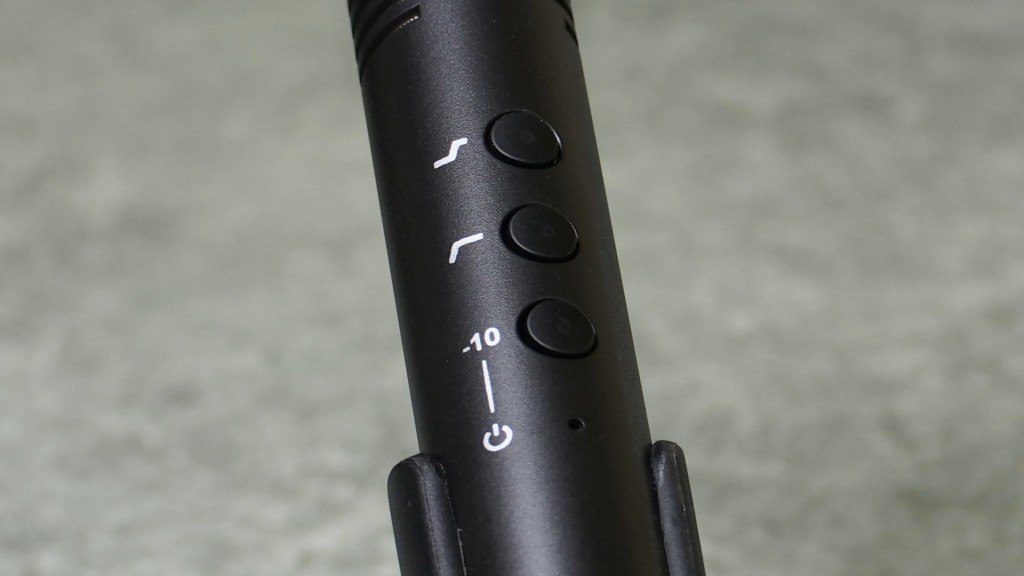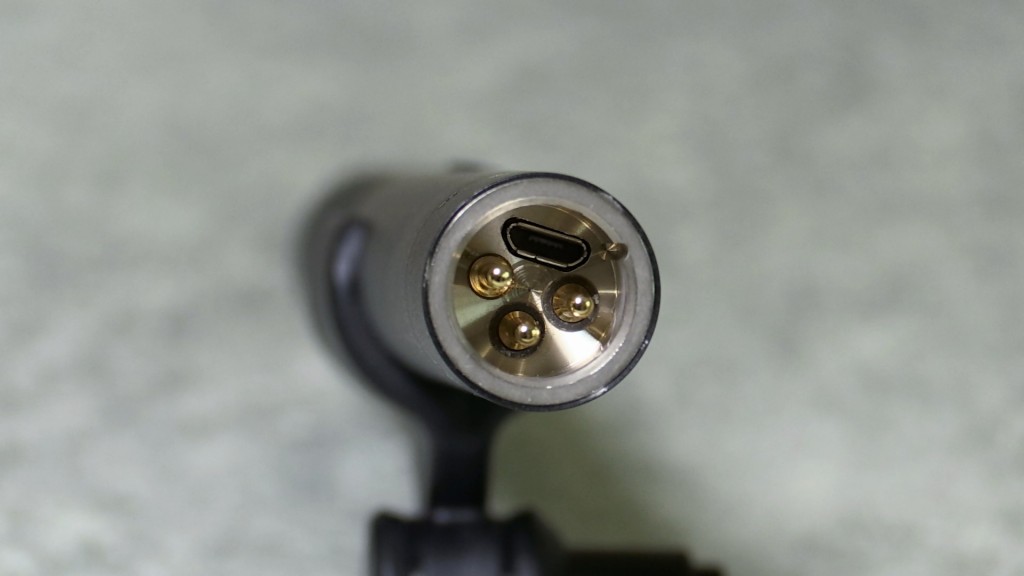Video Review: Rode NTG4+ shotgun mic
The NTG4+ shotgun microphone is new from Rode. The “plus” means it has a rechargeable lithium battery inside the barrel for when phantom power is not available; there’s an NTG4 which is audibly the same but lacks the battery and is purely phantom powered.
As a pair, the 4 and 4+ are successors to the well-established NTG1 and NTG2, the 1 being phantom-power only and the 2 adding battery operation but in that case using an AA cell. Rode say the NTG1 and 2 will continue to be sold and act as entry level shotguns; the NTG4 and 4+ are a higher end option for a bigger budget.
The NTG4+ is 278 mm long with a 22mm diameter; its little brother, the NTG4 is shorter because of not having that internal battery, at just 225 mm long. The 4plus version weighs 176 grams, the 4 is 126.

Specs on both are a range of 20Hz to 20kHz; a noise level of 16dB; maximum sound pressure level of 135dB; and a signal to noise ratio of 78dB. By way of comparison, an industry-standard Sennheiser ME66 with its K6 powering module offers 40Hz to 20kHz response; but a lower noise level of 10dB; a maximum SPL of 125dB; and a better SNR of 84dB.
Both Rode mics offer a high frequency boost option, to offset any loss incurred when you cover the mic with a furry windjammer. There’s also a high pass filter button set to 75Hz, to help cut down low end rumbles and they both offer a -10dB pad.

Included in the box are a foam windshield, a microphone clip with screw thread for mounting to a stand; a pouch which inexplicably we didn’t receive; and in the case of the NTG4+, there’s a micro USB charging cable which goes into the bottom of the XLR to charge that Lithium battery, which incidentally is quoted to have a 150 hour run time.

The key question of course, is what it sounds like and you’ll need to listen to the video (above) for that. Please ensure you watch (listen) on a decent device. Phones and tablets have terrible speakers so you won’t hear it properly. Most laptop speakers are a bit rubbish too. We suggest some good quality, neutral headphones would be best.
One aspect we noticed was that if you run the mic on phantom power, it stays switched on using the battery once you turn the camcorder off. So, you need to remember to turn it off manually in case you run the battery flat.
And whilst the battery life is quoted at 150 hours and can be recharged from any USB source like a portable power pack, if it has run flat and you don’t have phantom power on your camcorder or recording device, you won’t be able to use it until its at least partly recharged – this is where the older NTG2 has the advantage as every cameraman has a stash of AA cells and you can just pop a new one in.
Our conclusion though is that if you already a fan of Rode microphones then there’s a lot for you to like here. If you’re more of a Sennheiser fan with its slightly crisper sound then you’re equally unlikely to be swayed.
If you’d would be interested in supporting this website and YouTube channel – every little bit helps with our costs- our Editor has set up a Patreon page from which you can donate: www.patreon.com/UKAirscape
Samples recorded on a Canon XF200 and Sony PMW-200.
In voiceover booth, what is the distance between microphones and a reader?
Normally about six inches (18 cm) or thereabouts.